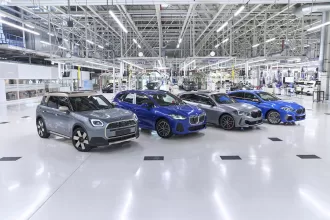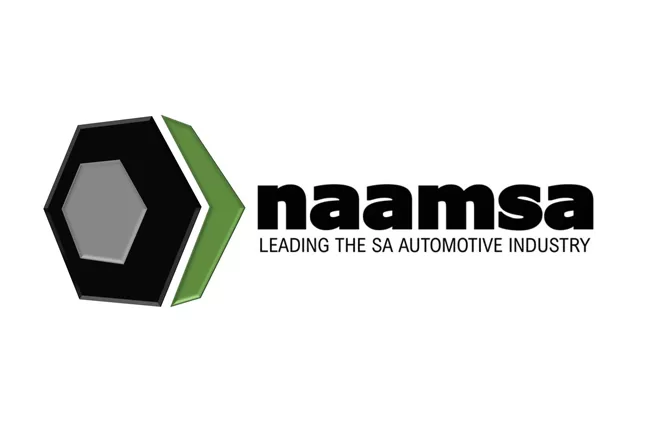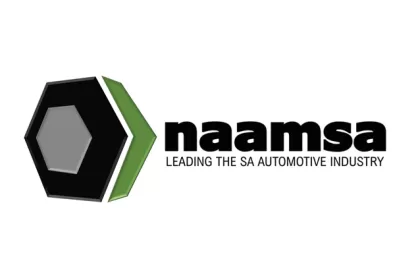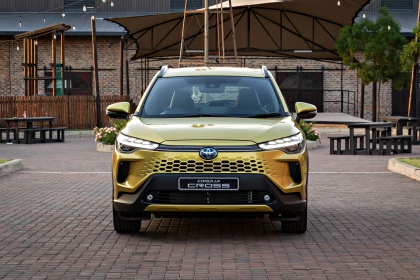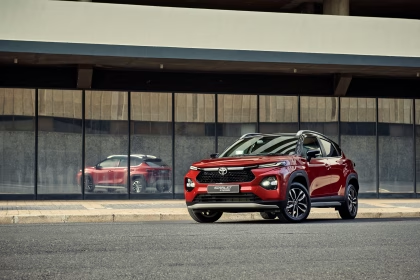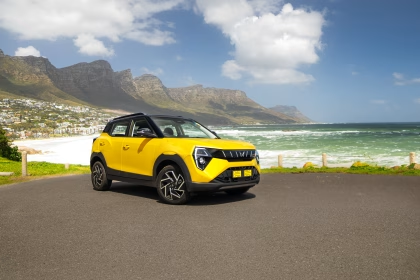The South African new vehicle sales demonstrated unwavering domestic momentum in the first half of 2025, closing this period strong. In line with naamsa’s earlier projection for a robust domestic performance in the first half of 2025, aggregate new vehicle sales climbed once again to reach 47,294 units in June 2025, up 7,444, or 18,7%, from the 39,850 units sold in June 2024 – reflecting a sustained and broad-based recovery in consumer and fleet demand.
Overall, out of the total reported industry sales of 47,294 vehicles, an estimated 40,621 units, or 85,9%, represented dealer sales, an estimated 8,2% represented sales to the vehicle rental industry, 3,2% to industry corporate fleets, and 2,7% to government sales.
The June 2025 new passenger car market at 32,570 units had registered an increase of 5,807 cars, or a gain of 21,7%, compared to the 26,763 new cars sold in June 2024. Car rental sales accounted for 10,7% of new passenger vehicle sales during the month. Domestic sales of new light commercial vehicles, bakkies and mini-buses at 12,129 units during June 2025 had recorded an increase of 1,570 units, or a gain of 14,9%, from the 10,559 light commercial vehicles sold during June 2024.
Sales for medium and heavy truck segments of the industry reflected a mixed performance in June 2025 and at 652 units and 1,943 units, respectively, recorded an increase of 129 units, or 24,7% from the 523 units sold in June 2024 in the case of medium commercial vehicles, and, in the case of heavy trucks and buses a decrease of 62 vehicles, or 3,1%, compared to the 2,005 units sold in the corresponding month last year.
For the first half of the year new vehicle sales were now 13,6% ahead of the corresponding period 2024, supported by and large by an influx of affordable imported models. For the year-to-date [January to May 2025] new light vehicle imports by the OEMs increased by 25,6% and by the independent importers by 33,4% compared to the corresponding period 2024. Domestic sales by the OEMs of locally manufactured models, however, decreased by 14,0% for the year to date compared to the same period last year.
The upbeat performance in domestic new vehicle sales builds on gains since the fourth quarter of 2024. This success was underpinned by a combination of favourable economic fundamentals. These include decreasing interest rates following the South African Reserve Bank’s [SARB] further 25bps cut in May 2025, a still-benign inflation backdrop, and improved credit access across the market. Although headline consumer inflation remained unchanged at 2.8% year-on-year in May, well below the SARB’s 3% – 6% target band, upside risks – particularly from food inflation and oil price volatility – are beginning to emerge. These risks will require careful monitoring in the second half of the year.
“The first half of 2025 has shown just how resilient and responsive our domestic market truly is. Strong consumer demand, supported by positive economic fundamentals, has helped the automotive sector deliver impressive growth amid global turbulence. At naamsa, we recognise this momentum as a reflection of supportive macro-economic policy choices and a highly adaptive industry. As 2025 marks a critical inflection point for the sector, we look forward to progressive policy support measures as part of the SAAM35 Review that sustains this growth trajectory, enhances competitiveness, and drives deeper inclusion across the value chain,” said naamsa CEO Mikel Mabasa.
From a business environment perspective, the second quarter was marked by increasing concern among firms. The BER Business Confidence Index dropped to 40 in Q2 – five points lower than the first quarter – reflecting growing unease around political stability and external uncertainty. Interestingly, this sentiment decline was also recorded among new vehicle dealers despite a strong rebound in actual sales. This disconnect suggests that while near-term demand is healthy, there are still anxieties about longer-term structural and policy risks that could weigh on future investment and dealer sentiment.
Despite the growing toll of geopolitical and trade-related disruptions, vehicle exports increased by 2,647 units, or 7,9% from the 33,696 units exported in June 2024 to 36,343, units exported in June 2025. However, trade-related uncertainty looms large. The 90-day reciprocal trade reprieve extended by the United States is scheduled to expire on 9 July 2025. While the reprieve did not explicitly apply to Section 232 tariffs on automotive products, it forms part of the broader negotiation framework that will be critical in determining South Africa’s continued preferential access to the US market. As such, ongoing engagement and negotiation over automotive exports will be vital to protect the sector’s long-term trade position and export earnings.
“South Africa’s automotive industry has long relied on a thriving export engine to sustain production volumes and attract investment. However, the current trade policy shifts, particularly from the United States, pose a real challenge to this model. To address this, our response must be strategic: diversifying markets, expanding regional trade, and continuing to advocate for fair and rules-based global trade systems,” added Mabasa.
Looking ahead, the second half of 2025 will see the industry navigate a more complex environment. While domestic sales are likely to remain robust in the near term due to lagged effects of interest rate cuts and resilient consumer sentiment, consumers continue to drive demand for affordable, and high-specification models. The recent improvement in the Q2:2025 FNB/BER Consumer Confidence Index, which rebounded from -20 to -10, further supports the view that affordability will remain a central driver of consumer purchasing decisions in the months to come. This recovery, largely driven by improved sentiment among middle- and high-income households, has backed the ongoing strength in vehicle sales, which remain a strong proxy for consumer sentiment.
The automotive sector concludes the first half of 2025 on a strong footing. The consistent performance in domestic new vehicle sales emphasises the significance of macroeconomic alignment, particularly between monetary and industrial policy. This highlights the resilience of South Africa’s automotive ecosystem in adapting to fluctuating global conditions.
As the naamsa commemorates its 90th anniversary, attention now shifts to the upcoming SA Auto Week 2025, set to be held from 01 – 03 October in the Eastern Cape. Under the theme “Reimagining the Future, TOGETHER: Cultivating Inclusive Growth and Shared Prosperity,” the event will bring together global and local stakeholders to chart a renewed path for investment, innovation, and industrial resilience in the decade ahead.




